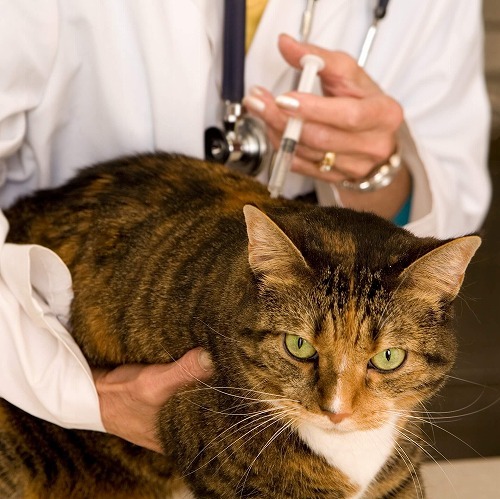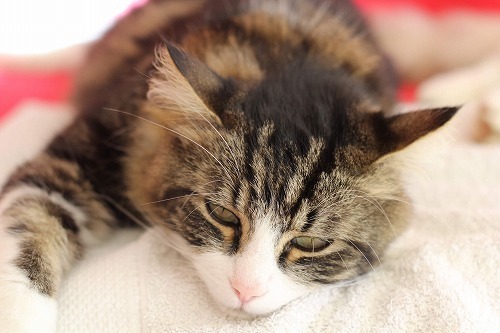|
|

The indoor cats of our current generation are given luxurious lives: food they don’t have to catch, plush beds, posts for scratching, and grooming they don’t have to perform themselves. Spoiled some? Maybe. But we love our cats and in return they enrich our lives in their adorable, independent, ridiculous ways. Although indoor cats don’t face the same dangers as their outdoor comrades and untamed ancestors, there are still requirements for keeping your cat happy and healthy.
1. Stimulation
Keeping an indoor cat happy is not necessarily the easiest thing — they are instinctually wired to crave hunting, climbing, and other natural outdoor stimulation. For felines that bore easily or seem to need more interaction, you can bring the outdoors to them and provide more opportunity for activity. This can be accomplished by building an enclosed outdoor structure or secure screened in porch area that allows for exposure to nature, birds, and fresh scents. Purchase or construct an indoor cat jungle with tunnels, posts to climb, and platforms to jump from. Keep potted catnip plants in your house. Other solutions include getting another cat for your pet to play with or spending more time playing with them.
2. The Vaccination Conversation

While many people think that indoor cats don’t need to be vaccinated, that is neglectful thinking. Even if your cat never steps its paw outside the walls of your home, there are many ways for diseases to come inside to them, and unexpected events you need to be prepared for. For example, there often are incidents of raccoons, bats and other disease vectors entering people’s homes. In the off chance these animals come into contact with your cat, simple yearly vaccinations can save you tons in vet bills and heartache. Another good reason to vaccinate your indoor cat is the simple fact that there is always the possibility, no matter how small it may be, that your cat escapes and is exposed to the outside. Additionally, a huge part of keeping your cat healthy is having them annually examined by a veterinarian — in which case you will already be at the clinic where vaccination will be suggested. If that is not enough to convince you, be aware that most states in the U.S require all pets to have a rabies vaccine — by law.
3. The Hot Topic of Heartworms
The topic of heartworms is often associated with our canine companions. Dogs more commonly than cats suffer from heartworm disease — and the majority of responsible owners have their dogs on some form of heartworm prevention. But what is not as frequently discussed is the occurrence of heartworm disease in cats — a less common, but noteworthy condition due to the more serious consequences. The disease is carried by mosquitos and although your indoor cat is less likely to be exposed to mosquitos than an outdoor cat, the same preventative measures should apply. This is mostly true due to the lack of heartworm treatment for cats and the affordability of prevention. Heartworm prevention is included in many feline flea preventatives on the market today.
And before you even ask, flea prevention is not a topic on this list due to the obvious necessity. Fleas are one of the biggest plagues of household cats — because of their talented way of getting in and hanging around, rather than your lack of cleanliness. Fleas can enter your home in a vast number of ways — including other pets, animals, previous infestations, and more. Once they have taken up residence, fleas are nearly impossible to get rid of, leading to that statement that all household pets should be on monthly flea prevention.
4. Observation — A Baseline for Cats
As cat owners, we are aware of their tendency towards independence. For the most part, cats like to be left on their own as far as taking care of themselves is concerned. Instinctually, they tend to conceal when there is something wrong with them. This is the reason we need to be extra observant of our pet’s normal behaviors — so that we are more likely to tell when our cat isn't feeling well. Obvious signs include vomiting, diarrhea, and coughing, but oftentimes there are symptoms that can be detected much sooner. These include lethargy, decreased interest in food or water, and behaviors such as frequently hiding or playing less. Being tuned in to simple changes in your cat’s mood can mean the difference between a small vet bill and hospitalization. In addition, what better excuse is there to spend more time with your fluffy friend?
Tag
Tag